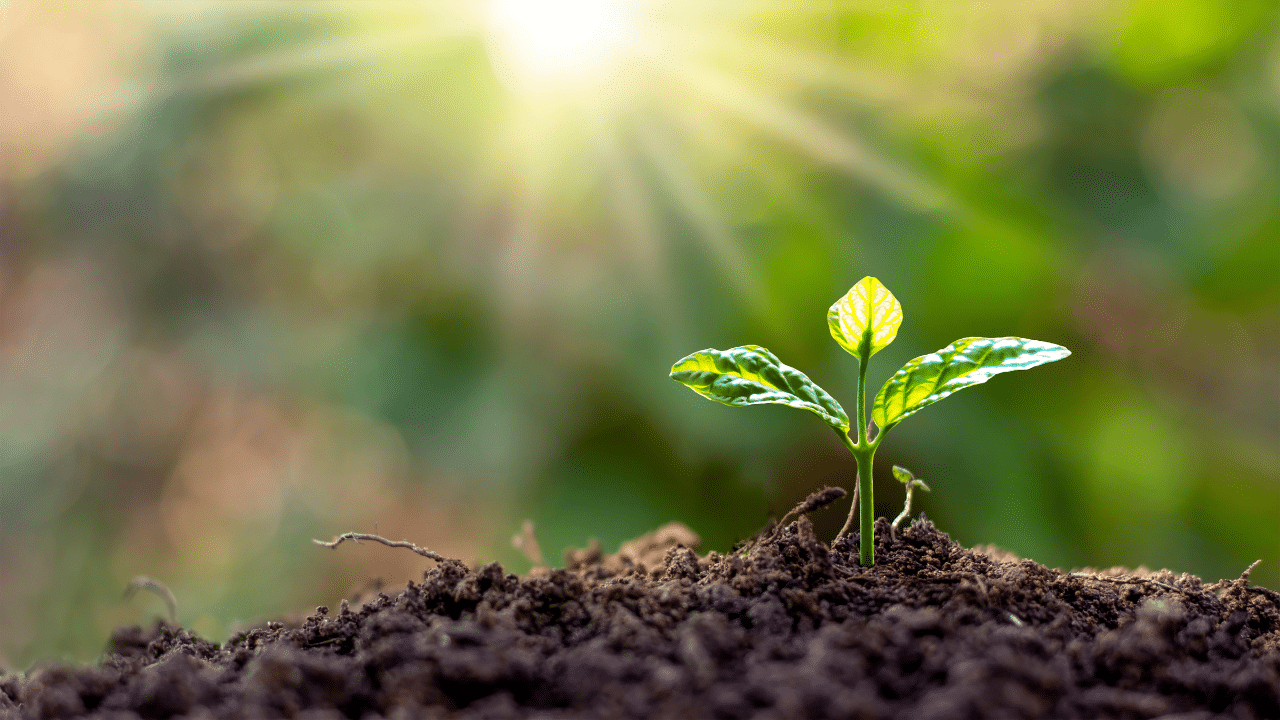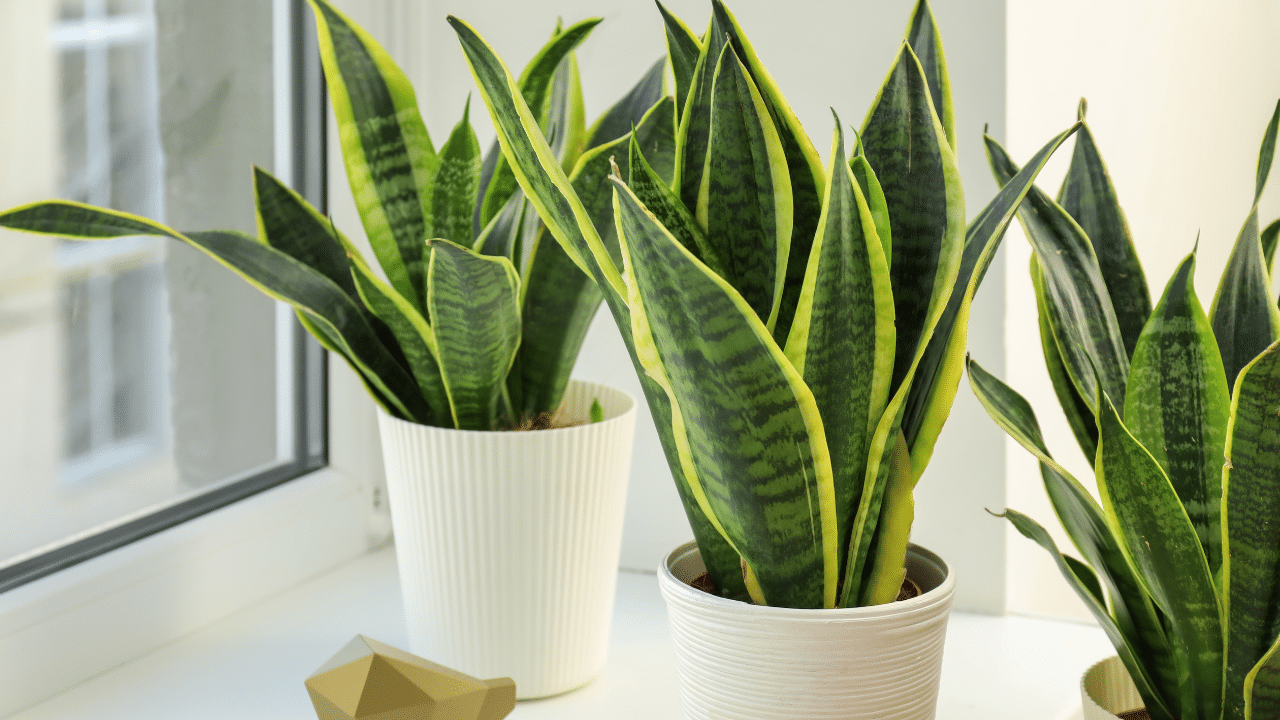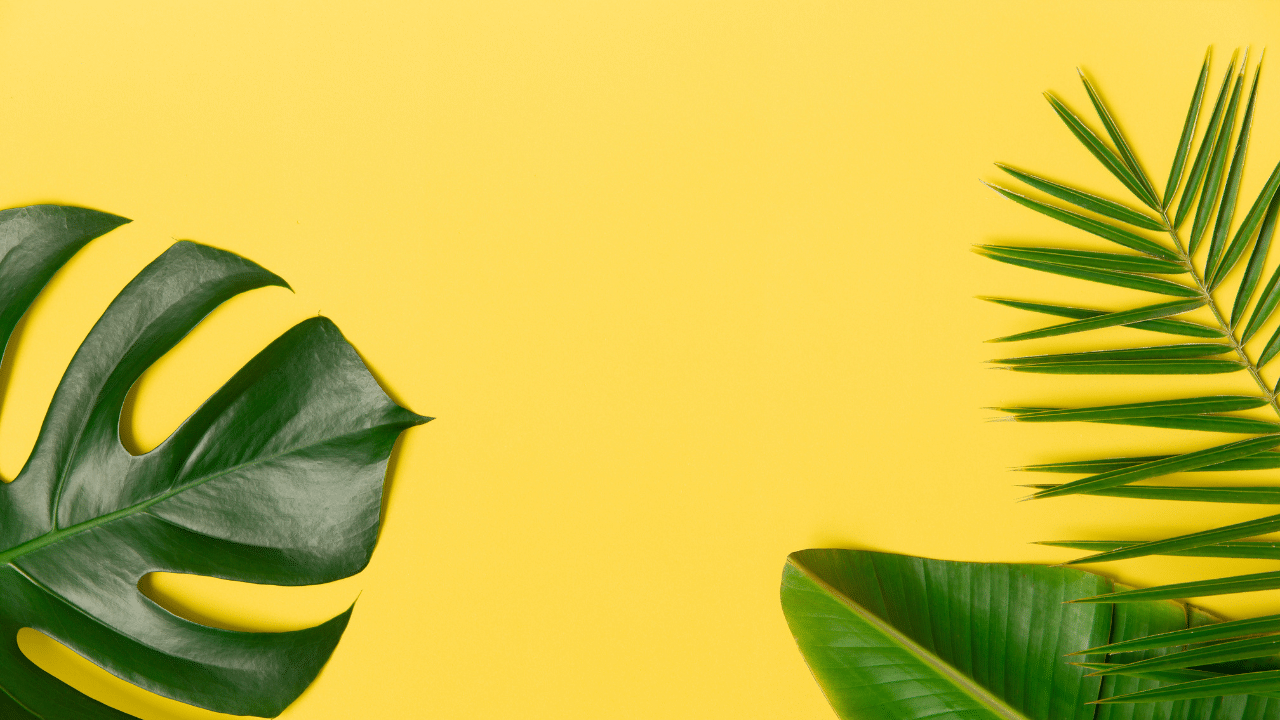Advertisements
Want to know more about plants?
Have you ever come across a fascinating plant and wondered, “What plant is that?” Free plant identification apps are here to save the day! In this post, we’ll explore the best apps like iNaturalist, PictureThis, and PlantNet. We’ll compare features, user experiences, and how each can help you better connect with nature. Get ready to turn your outdoor walks into true botanical adventures!
Advertisements
What are the best free apps for identifying plants?
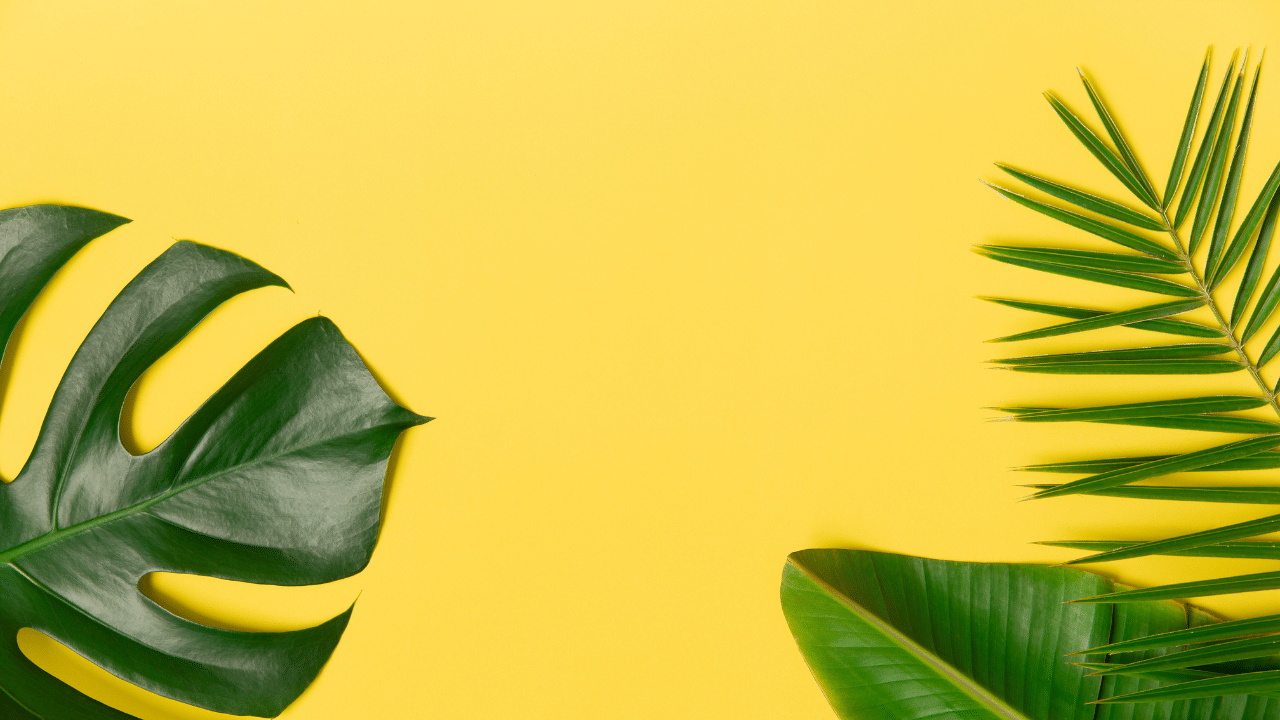
Seek App
The most popular plant identification apps include iNaturalist, PictureThis, and PlantNet, each offering distinct features that cater to different user needs.
iNaturalist is an incredible platform developed by National Geographic and the California Academy of Sciences. With this app, the user simply takes a photo of the plant, and the image recognition technology provides a preliminary identification. The big difference? This identification is reviewed by a global community of nature enthusiasts, making it ideal for those who want to participate in conservation projects and explore biodiversity.
Advertisements
On the other hand, PictureThis is known for its speed and accuracy in identifying plants. Using image recognition technology, the app not only identifies the plant, but also offers care tips, gardening advice, and toxicity alerts. With features like watering reminders, it’s perfect for those who have plants at home and need a little help keeping them healthy.
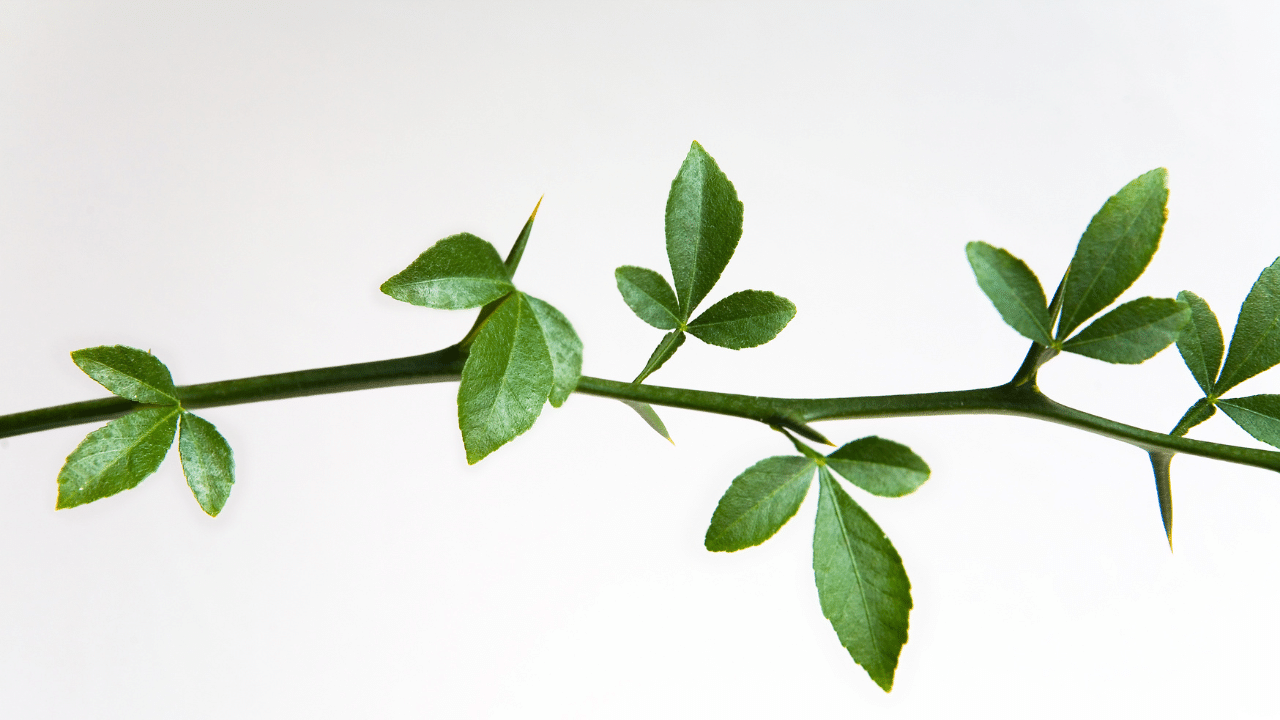
iNaturalist
THE PlantNet, focused on identifying wild plants, offers a vast database. It is especially useful for botany enthusiasts or those who enjoy hiking and exploring local flora. Users are encouraged to contribute their photos, fostering a sense of community and participation in citizen science projects.
Therefore, choosing the ideal application depends on what you are looking for: iNaturalist for a broader approach to nature, PictureThis for houseplant care and PlantNet for the discovery of wild flora. Check out more options here.
How does plant recognition technology work in apps?
Plant identification apps use a combination of advanced technologies like artificial intelligence and machine learning algorithms to make the recognition experience more accurate and easier. But how does it all work?
What AI technologies are used?
When taking a photo of a plant, apps like PlantNet, analyze the image using convolutional neural networks, which are especially good at processing and classifying images. Through this process, the software can identify unique characteristics of the plant, such as the shape of the leaves and the color of the flowers.
How does the database influence the accuracy of the results?
A robust database is essential to the success of these applications. The more images and information about different species that are collected, the more accurate the recognition will be. Applications like iNaturalist rely on a database fed by a global community, where users contribute their own identifications, making the information continually updated.
Machine learning algorithms and their application in botany.
Machine learning algorithms are responsible for “teaching” the app how to recognize different plants from a large number of examples. These algorithms are refined as more data is added, improving the accuracy of the app over time. For users, this means that the more they use the app, the more reliable the results become.
By combining these technologies and an active community, plant identification apps become valuable tools not only for leisure, but also for education and environmental conservation.
What additional features do the apps offer?
Plant identification apps not only help you figure out what you've found on a walk, but they also offer a number of interesting features that transform the user experience.
Most of them include plant care tips. With PictureThis, for example, you’ll get guidance on how to care for your plant, from the ideal amount of light to the best pruning practices. This is great for beginners who are still learning how to keep their plants healthy and happy.
Another useful feature is the watering reminders and toxicity alerts. PictureThis allows users to set reminders to water their plants. It’s an easy way to make sure you don’t forget to give your greens a special drink. The app also provides alerts about the toxicity of certain plants, which is important for those with pets or curious children.
Furthermore, the integration with social networks and botanical community Improves engagement. iNaturalist, for example, connects you to a global community of nature enthusiasts. By sharing photos, you not only record your discoveries, but also contribute to conservation projects. This creates a sense of belonging and encourages everyone to become more involved with the biodiversity around them.
Ultimately, these apps are not just tools, but rather platforms that allow the exchange of knowledge, learning and practical tips, making learning about botany accessible and fun for everyone.
How to choose the ideal plant identification app for you?
When choosing a plant identification app, it is essential to consider some particularities that can make a difference in your experience. Let's go!
First, the compatibility with different operating systems. Make sure the app is compatible with your device, whether it’s Android or iOS. Apps like iNaturalist, PictureThis, and PlantNet are available on both platforms, but it’s always worth checking the app store.
Then you need to assess your needs. Are you a nature lover who wants to explore biodiversity for fun? Or perhaps a gardener who needs tips on care and watering? iNaturalist is perfect for those who like to keep more complete records, while PictureThis is more geared towards those looking for practical care for houseplants. PlantNet is a great choice for those who want to delve deeper into the study of wild plants.
Another important issue is the comparison between free and paid version of apps. Many offer extra features in the paid version, such as access to more robust databases or faster identification. However, the free versions usually already meet most of the user's needs. Analyzing what each option offers can help you save money and still get what you need.
Finally, check the privacy policy of the apps you intend to use. The security of your information is essential, and it is always good to be aware of how your data will be treated. For more details, take a look at the policies here.
What are the future trends and innovations in plant identification applications?
Future trends in plant identification apps point to a constant evolution in user experience, with a focus on cutting-edge technologies and community engagement.
One of the most exciting innovations is the implementation of new technologies in image recognition and analysis. Several applications use artificial intelligence algorithms that improve the accuracy of species identification. With machine learning systems, image analysis becomes increasingly sophisticated, allowing even low-quality photos to be recognized. For example, applications such as PictureThis are constantly being updated to incorporate these technologies, resulting in faster and more accurate identifications.
Furthermore, the role of gamification in user engagement cannot be underestimated. Apps are starting to include game elements, such as rewards for identifications and challenges between users. This not only makes the experience more fun, but also encourages exploration and learning, increasing interaction with nature. iNaturalist, for example, hosts identification challenges that encourage users to explore new areas.
Finally, the community initiatives and environmental impact are also becoming an important focus. Applications like PlantNet encourage users to contribute data, feeding a useful information bank for environmental research. This promotes greater awareness of local biodiversity and its conservation needs.
These trends not only improve the user experience, but also foster deeper engagement with nature and community. With these innovations, plant identification will become even more accessible and engaging for everyone. To learn more about these innovations, check out this link.
Conclusion
Our analysis of the best free plant identification apps revealed options like iNaturalist, PictureThis, and PlantNet, each with their own unique features and valuable user feedback. We explored how recognition technology, including AI and machine learning algorithms, improves identification accuracy. Additionally, additional features like care tips and social interactions enhance the user experience. When choosing the right app, it’s important to consider your specific needs. With trends evolving, these apps promise to transform the way we connect with nature.
FAQ
FAQ about Plant Identification Apps
1. What are the best free apps for identifying plants?
The best apps for plant identification include iNaturalist, PictureThis, and PlantNet. Each offers different features: iNaturalist for exploring biodiversity and participating in conservation projects, PictureThis for houseplant care, and PlantNet for identifying wild flora.
2. How does plant recognition technology work in apps?
The apps use artificial intelligence and machine learning to identify plants. When you take a photo, algorithms analyze the plant’s characteristics, such as leaf shape. This allows identification to improve over time as more data is collected.
3. What additional features do the apps offer?
In addition to identification, apps offer care tips, watering reminders and toxicity alerts. iNaturalist, for example, integrates a community to share discoveries, while PictureThis helps with practical care for indoor plants.
4. How do I choose the ideal app for me?
To choose the right app, consider its compatibility with your device, your needs (exploring nature or caring for houseplants), and compare free and paid versions. Also, check the privacy policy to ensure your data is safe.
5. What are the future trends in plant identification apps?
Trends include advances in image recognition technologies, gamification to engage users, and community initiatives that promote environmental conservation. These innovations aim to improve user experience and increase engagement with biodiversity.

